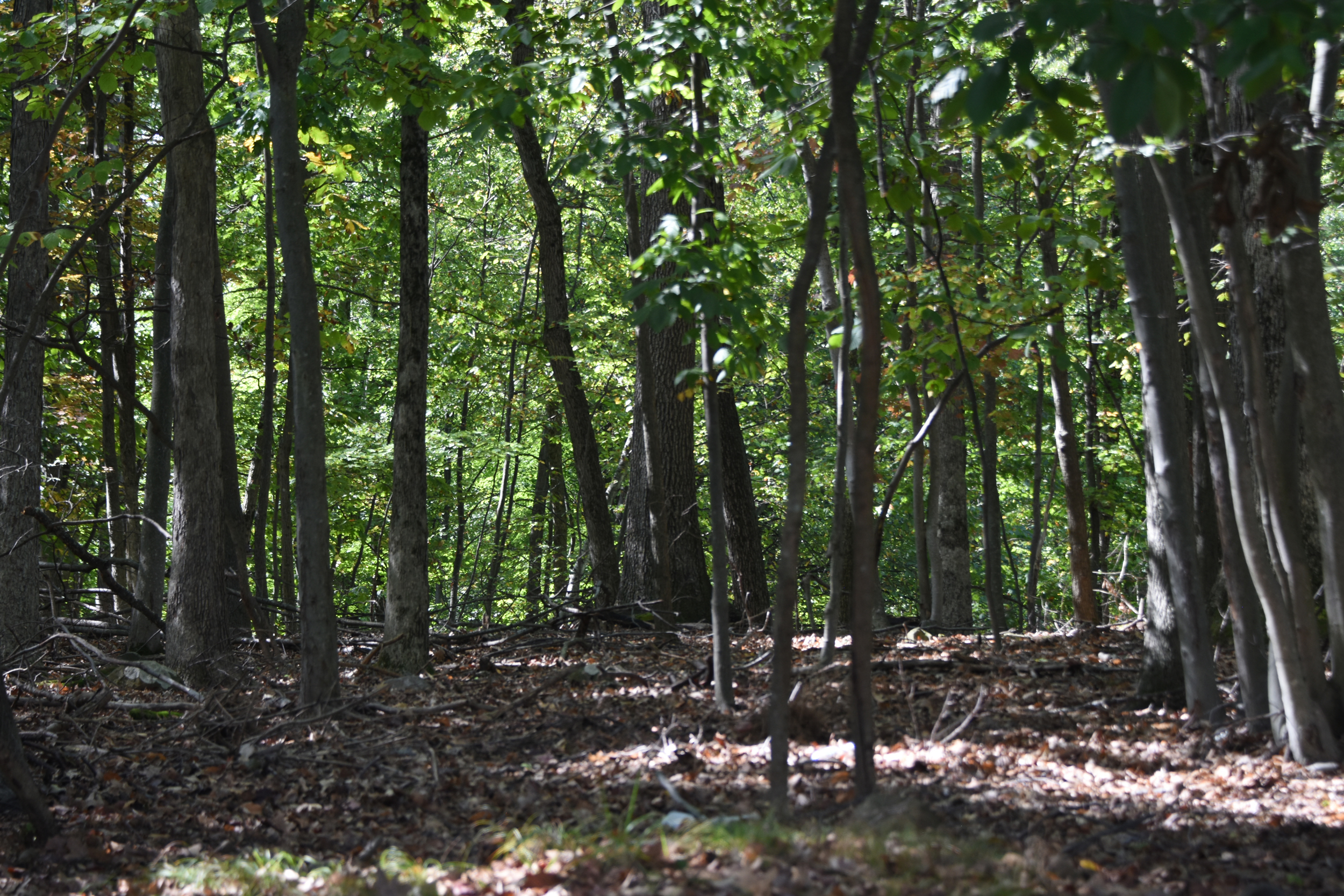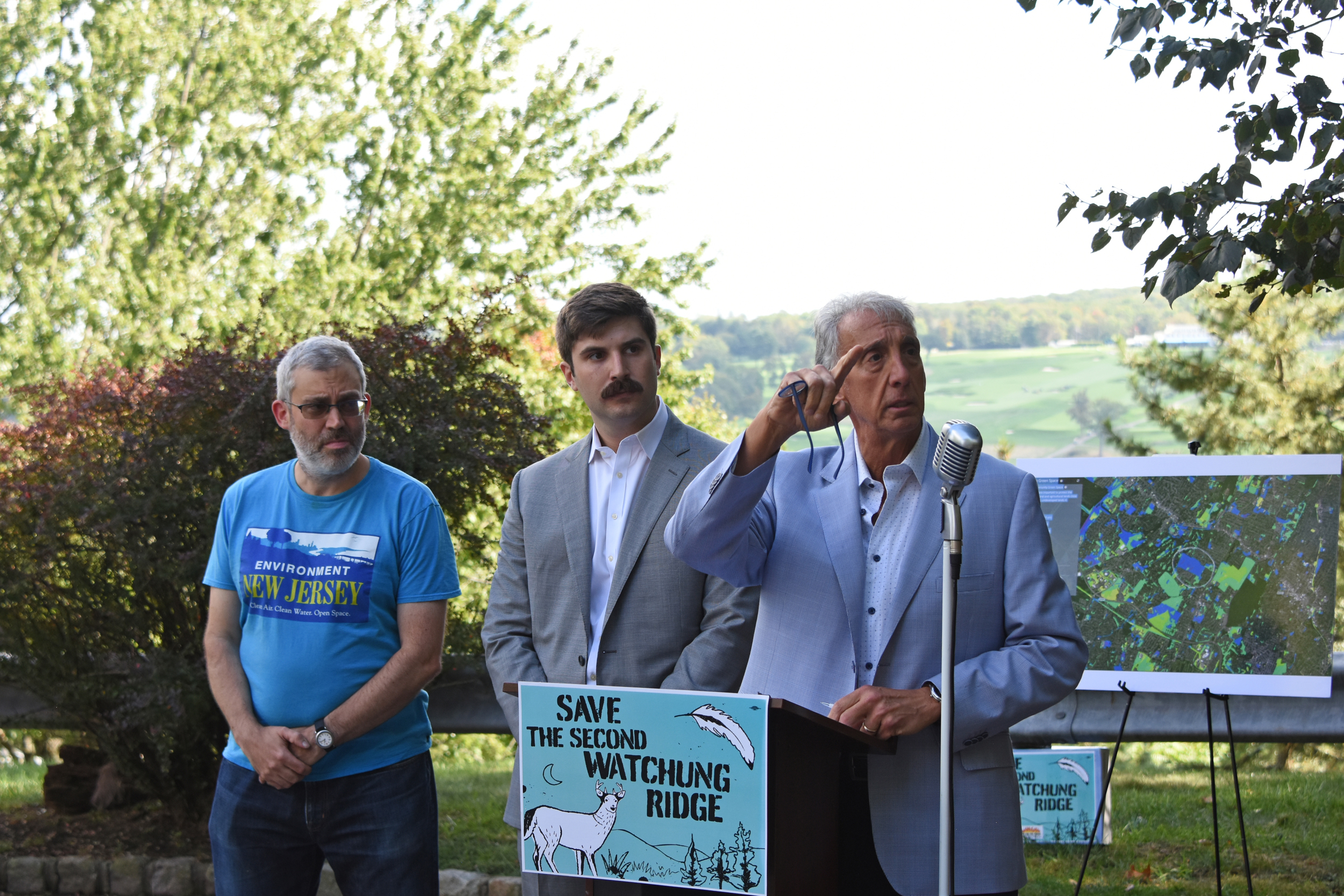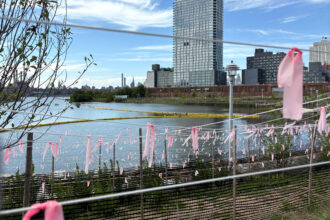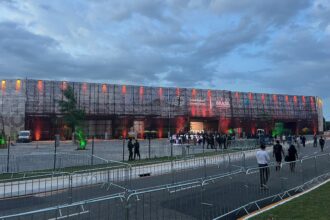When Roy Oser moved into his North Jersey condo in 2018, he thought he was buying into a quiet retirement: a manageable backyard pressed against a pristine forest, a stable community and the promise that the woods next door would remain untouched.
A former attorney, Oser even did his due diligence—reviewing planning documents and noting wetlands protections and steep slopes that, to his eye, made large-scale development of the woods impossible.
He was wrong. Today, that 120-acre forest is slated to become an apartment complex.
The property sits atop the Second Watchung Ridge, the last old-growth forests in Essex County—the most densely populated county in the nation’s most densely populated state. It is home to deer, turtles, songbirds and an estimated 89,000 trees. Developers argue the apartment complex is uniquely positioned to help West Orange meet its affordable housing obligations. Opponents call it the least suitable place for dense housing in the county.
In 2006, the West Essex Highlands Development Inc., a subsidiary of billionaire developer Zygi Wilf’s, co-owner of the Minnesota Vikings, company, Garden Homes, proposed 136 single-family homes on the ridge. The West Orange Planning Board rejected the plan, citing safety and environmental concerns: slopes too steep, emergency access too limited and ecosystems too fragile. Similar proposals fell through in 2007 and 2015.
For several years, the project lay dormant—until renewed pressure from the state’s affordable housing mandates brought it back to life. Under the Mount Laurel Doctrine, a landmark New Jersey Supreme Court decision, the state requires every municipality to zone for its “fair share” of affordable housing. The doctrine stems from a 1970s civil rights case that sought to end exclusionary zoning practices that kept low-income and Black residents out of suburban towns.
After submitting affordable housing plans in 2015 and facing the threat of a “builder’s remedy” lawsuit—where developers can bypass local zoning and go straight to the state—township officials gave the developers a seat at the table. In 2020, the Wilf family reached a court-brokered settlement with West Orange Township.
“The project, as proposed, has tremendous environmental dangers and uncertainties to the surrounding communities and residents,” Joe Krakoviak, the president of West Orange’s Township Council, told the Gothamist earlier this year. ”I knew that if I didn’t approve it that it was likely that the outcome would be even worse for the township.”
In November 2024, the revised plan, which called for four apartment complexes with 496 units, 100 of them affordable, was approved by the New Jersey Department of Environmental Protection (DEP).

But a coalition of activists, neighboring townships, lawyers and environmental experts is challenging the DEP’s decision. In early February, the Eastern Environmental Law Center, representing WE CARE NJ and the New Jersey Conservation Foundation, filed an appeal with the Appellate Division of the New Jersey Superior Court.
According to research from Princeton Hydro, an environmental consulting group aiding the opposition group, the developers didn’t meet soil-testing requirements, and relied on outdated calculations. Wilf’s West Essex Highland’s Inc. declined interview requests but argued in filings with the DEP that the project meets all environmental and stormwater standards while addressing a critical regional housing shortage.
“If this project goes through, as proposed, the impacts could be devastating,” said Sean Walsh, senior project manager at Princeton Hydro. “The developers should have to follow the same rules everyone else does.”
The ridge forms the headwaters of Canoe Brook, which provides drinking water to tens of thousands of New Jersey residents. Experts warn that construction, potentially involving blasting away bedrock, and runoff from new impervious surfaces could degrade water quality.

Just weeks before the DEP approved the apartment project a year ago, the agency also signed off on reopening a cluster of wells known as a wellfield at the base of the ridge—within a designated flood zone. Princeton Hydro and residents argue that reviving a well downstream of a major construction site in a flood-prone area poses additional risks to the region’s water supply.
In response, three neighboring townships—Verona, West Essex and Roseland—requested an administrative hearing with the DEP regarding potential impacts on drinking water supplies. However, the request was denied because the DEP claimed that townships lack standing in development court cases.
“It’s ridiculous that townships and residents affected by this proposed development do not have standing to challenge these decisions,” said Joe Pannullo, president of WE CARE NJ.
Residents also point to a growing list of flood disasters across New Jersey. Removing the ridge’s forest canopy will strip away a natural flood buffer, experts at Princeton Hydro claim. Beyond tree loss that helps suck up water, acres of new pavement and rooftops will intensify runoff.
This story is funded by readers like you.
Our nonprofit newsroom provides award-winning climate coverage free of charge and advertising. We rely on donations from readers like you to keep going. Please donate now to support our work.
Donate Now“Whenever it rains, the backyard becomes a swamp—you sink six inches with every step,” Oser said, strolling through his backyard where a faint matted path of grass depicts where a small river forms during a heavy rainstorm. “I’m afraid it will get much worse.”
Other residents in his community have had water leak through their foundations, causing flooding and mold buildups. At the base of the First Watchung Ridge, an apartment complex was evacuated and later demolished after landslides triggered by Hurricane Ida, leaving dozens homeless. Residents at the base of the ridge fear the steep slopes of the second ridge could give way as well.
The proposed site also has just one access road, which organizers say poses a significant safety hazard, especially given the steep slopes and lack of sidewalks.
On Sept. 29, 39 groups—including the Sierra Club, the New Jersey Conservation Foundation and the Ramapough Lenape Nation—sent a letter urging the mayor of West Orange to halt the plan. “Affordable housing should not come at the expense of destroying one of the most environmentally sensitive sites in the region,” the letter read. They also cited prior denials of development on the site and pointed to a prior settlement that limited construction to single-family homes.
The coalition has been branded “not in my backyarders”, unwilling to accept affordable housing in their community. But environmental leaders reject that framing. “It is so much bigger than aesthetics,” said Doug O’Malley, state director of Environment New Jersey. “It’s about public safety and environmental protection for today and the future.”

“We absolutely recognize the importance of protecting environmentally sensitive areas and do not support building homes in flood zones or in areas that threaten clean water or natural habitats,” a representative from the Fair Share Housing Center, a nonprofit that enforces New Jersey’s fair housing laws under the Mount Laurel Doctrine, told Inside Climate News in an email. “Too often, environmental objections are misused to block affordable housing in wealthier, high-opportunity communities.”
Over the next decade, New Jersey expects to add roughly 84,000 affordable housing units statewide—about 3,700 of them in Essex County—through both new construction and redevelopment. Supporters see it as long-overdue progress on housing equity; critics warn that without reforms to the Mount Laurel Doctrine, the push could also threaten critical ecosystems and increase flood risks.
A series of town council meetings is planned throughout the remainder of the year. While final land use decisions typically end with township planning board approval, residents believe this will ultimately come down to a court decision and are planning for a long fight, hoping that this case will force the state to reconsider how the Mount Laurel Doctrine is applied.
About This Story
Perhaps you noticed: This story, like all the news we publish, is free to read. That’s because Inside Climate News is a 501c3 nonprofit organization. We do not charge a subscription fee, lock our news behind a paywall, or clutter our website with ads. We make our news on climate and the environment freely available to you and anyone who wants it.
That’s not all. We also share our news for free with scores of other media organizations around the country. Many of them can’t afford to do environmental journalism of their own. We’ve built bureaus from coast to coast to report local stories, collaborate with local newsrooms and co-publish articles so that this vital work is shared as widely as possible.
Two of us launched ICN in 2007. Six years later we earned a Pulitzer Prize for National Reporting, and now we run the oldest and largest dedicated climate newsroom in the nation. We tell the story in all its complexity. We hold polluters accountable. We expose environmental injustice. We debunk misinformation. We scrutinize solutions and inspire action.
Donations from readers like you fund every aspect of what we do. If you don’t already, will you support our ongoing work, our reporting on the biggest crisis facing our planet, and help us reach even more readers in more places?
Please take a moment to make a tax-deductible donation. Every one of them makes a difference.
Thank you,













